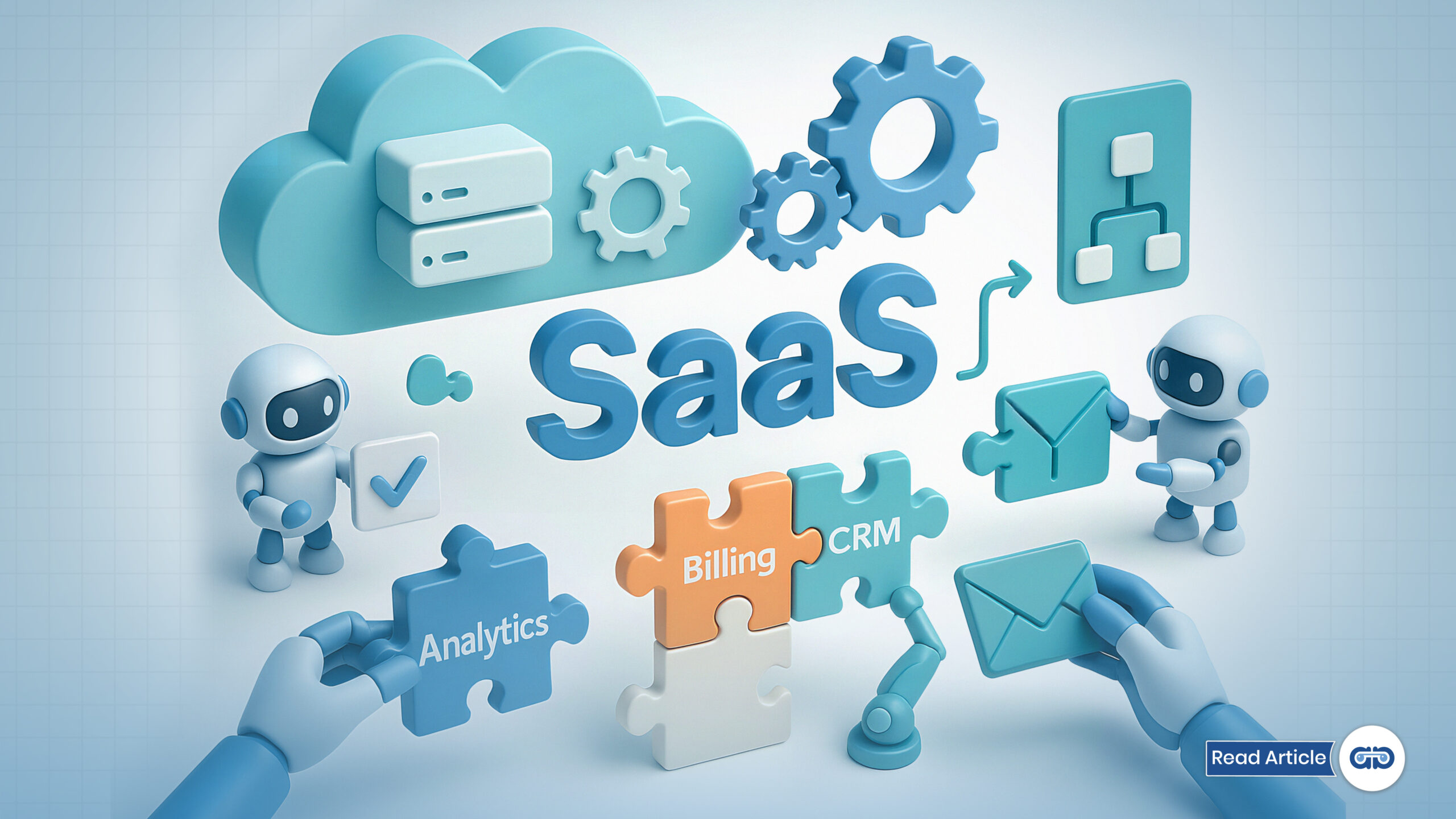The competitive edge for Software-as-a-Service (SaaS) companies no longer lies solely in product features or pricing. Operational efficiency, service reliability, and customer satisfaction are decisive factors. IT automation provides the foundation to scale rapidly without proportionally increasing costs or risks. By removing repetitive workloads, reducing manual intervention, and ensuring precision in critical tasks, automation becomes the lever that drives growth, innovation, and resilience in SaaS businesses.
Streamlining Onboarding and Provisioning
Onboarding is one of the first direct experiences a customer has with a SaaS platform. Manual account setup, provisioning of resources, and configuration steps often introduce delays, errors, or inconsistencies. IT automation eliminates this friction.
Automated workflows handle account creation, assign licenses, configure user permissions, and set up integrations instantly. A process that could take hours for IT staff is reduced to seconds. Beyond speed, automation ensures standardization. Every customer receives the same quality of onboarding without dependence on human execution.
For SaaS providers, this means fewer support tickets from misconfigurations, faster customer adoption, and higher satisfaction from the very first interaction.
Enhancing Incident Management
Service uptime is non-negotiable for SaaS businesses. Manual handling of recurring IT incidents, like password resets, access lockouts, or common error resolutions, creates unnecessary dependency on human agents. Automation resolves these low-level incidents instantly.
Automated incident management systems detect issues, trigger predefined resolution workflows, and notify stakeholders without waiting for human input. For example, if a server shows high CPU usage, automation can trigger scaling protocols or restart specific services without requiring intervention.
This reduces mean time to resolution (MTTR), minimizes downtime, and ensures resources are focused on complex incidents that require expert investigation. The result: improved service reliability and reduced operational risk.
Optimizing Security and Compliance
SaaS companies operate under constant scrutiny of security and compliance standards. Manual processes for monitoring threats, applying patches, or tracking compliance requirements introduce both lag and vulnerability. Automation closes these gaps.
Automated systems continuously monitor logs, detect anomalies, and execute response protocols within seconds of identifying suspicious behavior. Compliance tasks, like maintaining audit trails, enforcing data retention policies, and running vulnerability scans, are executed automatically.
SaaS providers avoid costly lapses, safeguard customer trust, and reduce the burden of regulatory audits by embedding compliance into automated workflows. Automation makes security a proactive, always-on process rather than a reactive, periodic one.
Scaling Operations Without Linear Costs
Growth often exposes inefficiencies. Without automation, every increase in customers, tickets, or requests requires adding more personnel, inflating costs. Automation breaks this linear relationship.
Routine IT tasks, such as user provisioning, access resets, log monitoring, patch management, are executed without human involvement. This allows SaaS companies to handle exponential growth in demand while maintaining a lean operational team.
The scalability advantage is clear. Automation ensures that costs grow sub-linearly, enabling SaaS businesses to expand without eroding profit margins. It shifts IT operations from being a bottleneck to a growth enabler.
Empowering IT Teams for Strategic Focus
The most overlooked advantage of automation lies in human capital. Highly skilled IT professionals often spend their time resolving trivial issues or repeating predictable processes. This diminishes morale, limits innovation, and delays strategic projects.
IT teams gain the bandwidth to focus on high-value activities, like architecting scalable infrastructure, implementing new technologies, improving product reliability, and enhancing customer experience by delegating repetitive work to automation.
Automation does not replace talent. Automation amplifies it. By freeing professionals from repetitive tasks, it enables them to nurture expertise, experiment with emerging solutions, and contribute directly to business growth and competitive advantage.
Driving Customer Experience and Retention
Customer expectations for SaaS are defined by speed, reliability, and seamless service. IT automation plays a direct role in shaping this experience.
Automated ticket routing ensures faster responses. Self-service portals powered by automation allow customers to resolve issues instantly without waiting for support staff. Predictive automation can anticipate needs, such as scaling resources before performance degrades, ensuring users experience consistent service quality.
These improvements translate into tangible business outcomes, like higher customer satisfaction, stronger retention, and improved lifetime value. Automation becomes a customer experience differentiator, not just an operational tool.
Conclusion
IT automation is no longer optional for SaaS businesses. It reduces risk, accelerates growth, and strengthens customer trust while empowering teams to focus on innovation. Automation transforms IT from a cost center into a growth engine driving long-term success by removing inefficiencies and scaling operations intelligently.

